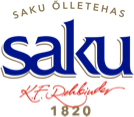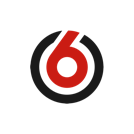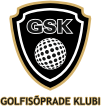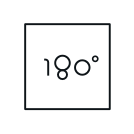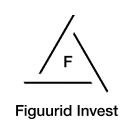NEW! 2021 the list of prohibited substances.
In the fight against doping, different organizations have a role to play: the global anti-doping organization WADA, national anti-doping organizations, international sports federations and their national cells.
The Estonian Golf Association considers it important to show the purity of the sport and to take various actions to fight against doping: to order tests, to organize training, to reflect on the topic in our information materials.
Important links:
- The WADA Code
The World Anti-Doping Code (since 2015) sets the foundations on which an effective anti-doping policy should build. This includes a list of prohibited substances and methods, and international standards for testing, laboratory work, privacy, etc. The Code is implemented by anti-doping organizations. -
List of Prohibited Substances (to be updated every year)
The list of Prohibited Substances and Methods is approved annually by the WADA Executive Committee in September and will come into force on 1 January of the following year. The list is the same for different countries as well as for different sports. Some substances and methods are completely banned in this, some are banned only during competitions, and some exceptions are forbidden only in certain sports (eg alcohol motorsport). Substances are added to the list if they meet two of the three criteria: (a) Increase athletic performance; (b) is hazardous to the health of the Athlete; (c) harms the spirit of sport. -
The Estonian Anti-Doping website (in Estonian)
Estonian Antidoping is a national anti-doping organization whose mission is to promote healthy and honest sport by conducting high quality doping control, anti-doping education for different target groups, and participating in national and international anti-doping cooperation.
You can also find more information about Golf and Anti-Doping on the International Golf Federation page.
Some keywords for orientating in the anti-doping world:
- ADAMS – location form
In order to plan doping tests more effectively, you need to know the location of the athletes. Athletes selected for out-of-competition testing will be required to provide information about changes in their location and location. The ADAMS, an Internet-based private system that includes all the anti-doping information of the athlete, including the results of doping tests, is a web-based transmission system for therapeutic purposes. -
TUE – therapeutic exception
If the medicine contains prohibited substances and other treatments are not possible, the athlete must apply for an exemption for therapeutic purposes, while providing explanatory documentation on treatment.
WHAT IS DOPING?
Doping is defined as the occurrence of one or more of the following Anti-Doping Rule Violations (ADRVs):
- Presence of a prohibited substance in an athlete’s sample
- Use or attempted use of a prohibited substance or method
- Refusing to submit to sample collection after being notified
- Failure to file athlete whereabouts information and missed tests
- Tampering with any part of the doping control process
- Possession of a prohibited substance or method
- Trafficking a prohibited substance or method
- Administering or attempting to administer a prohibited substance or method to an athlete
- Complicity in an ADRV
- Prohibited association with athlete support personnel who has engaged in doping
WHY IS DOPING IN SPORT PROHIBITED?
The use of doping substances or doping methods to enhance performance is fundamentally wrong and is detrimental to the overall spirit of sport. Drug misuse can be harmful to an athlete’s health and to other athletes competing in the sport. It severely damages the integrity, image and value of sport, whether or not the motivation to use drugs is to improve performance. To achieve integrity and fairness in sport, a commitment to clean sport is critical.
- WADA – The World Anti-Doping Agency (WADA) was established in 1999 as an independent international agency and is composed and funded equally by the sport movement and governments of the world. Its key activities include in particular scientific research, education, development of anti-doping capacities, investigations and monitoring of the World Anti-Doping Code and its application by Code signatories (International Federations, National Anti-Doping Organizations, Major Event Organizations, etc.).
- Prohibited list – The Prohibited List identifies substances and methods prohibited in-competition, at all times (i.e. in- and out-of-competition) and in particular sports. Substances and methods are classified by categories (e.g. steroids, stimulants, masking agents).
The list is updated annually following an extensive consultation process facilitated by WADA.
You can find additional information HERE














